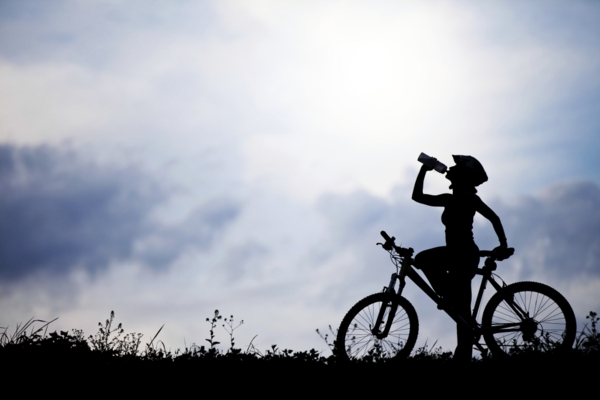Anyone who has lived through high school P.E. has heard a coach yell, “Stop dogging it! No pain! No gain!”
Why do those two word have to rhyme?
Today exercise physiologists line up against that old adage. People can experience significant gains without experiencing significant pains. Further, continued “pain and suffering” is one of the primary reasons people bail out of commitments they’ve made to exercise…and commitments they’ve made to their spouses, but that’s a subject for a different article.
With these five tips, you can do a lot to eliminate the pain your experience during and after exercising.
1. Massage
We’ve been told that during exercise, lactic acid builds up in our muscles and that causes them to ache. That is part of it, but the lactic acid really doesn’t hang around long. Other things are causing delayed onset muscle soreness (DOMS)—the soreness that really stays with you. Serious weight lifting causes tiny bits of muscle damage that the body then starts to work to repair. Anti-inflammatories can help some people, but here’s the good news, massage makes a big improvement. We all like massages, right? Get a massage about a half hour after exercising and then daily after your exercise routine for about four days. In other words, make massage part of your regular routine. If you can’t get a massage, check out using foam rollers after you exercise.
2. Wear the right shoes
Running shoes are good for most fitness programs, especially if you’re going to be jogging or working on a treadmill as part of your routine. Some stores and gyms will have personnel trained in matching your foot type to the right shoes. People have varying arch heights and their feet/ankles/legs angle in different ways. It’s important to match your physiology and exercise program to the proper shoes. Also, don’t think you can get by with an old worn out pair of running shoes or sneakers. They need to be in good shape.
3. Use proper technique
Usually new members at a gym will get a coach to work with them for the first sessions. Make sure you learn the proper techniques. Various machines and free weight exercises are designed to work specific muscle groups and do it in a way that is easy on our bones and joints. Sloppy technique can cause stress to other muscles, joints, ligaments and tendons. Ask questions when you’re learning so you know exactly which muscles should be experiencing the resistance.
4. Drink liquids
Probably the worst exercises related pain is the dreaded muscle cramp. We’ve all experienced them. We’re working out and suddenly our foot, calf or hamstring knots up like the Christmas tree lights when the kids pull them out of the box. Proper diet is the first step here and when you’re involved in a long workout make sure you’re replacing your lost electrolytes. Finally, a regular routine of gentle stretching will decrease the incidence of muscle cramps over time.
5. Warm up slowly
Getting your body ready for the workout is important. Suddenly shocking your muscles with running or lifting weights can cause injuries and increased pain later on. You’ll also be able to exercise for a longer period of time before fatiguing. On the same note, cool down slowly. Quickly packing it in and jumping in your car can lead to cramping.
One final tip, and it may be the most important: lose weight. If you are overweight, it puts increased stress on your joints, feet and back. I didn’t include this in the five trips for pain free exercise because I know that a lot of people start their exercise programs with the stated intention of losing weight and I don’t want you to think that you have to lose weight before you can begin to exercise. Of course, in all cases it’s a good idea to check with your doctor before you start a new exercise program.

